Blepharoplasty
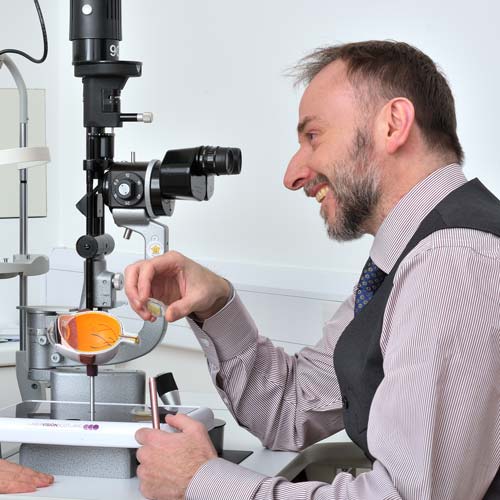
What is Oculoplastics?
Blepharoplasty
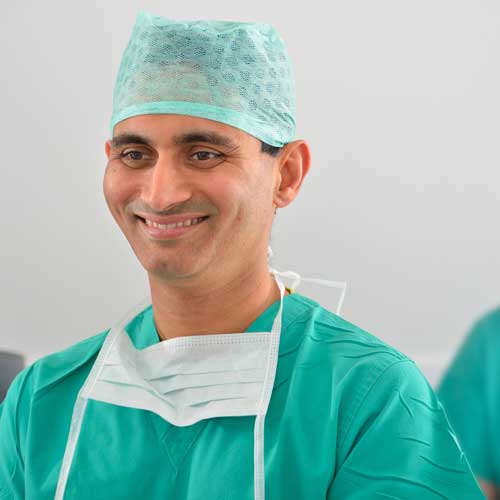
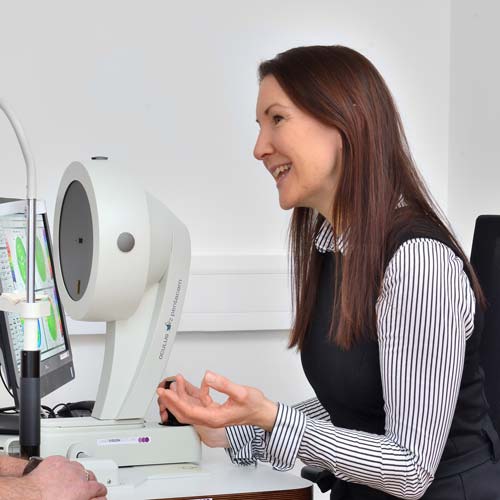
What is the cause of droopy eyelids?
Why have Blepharoplasty
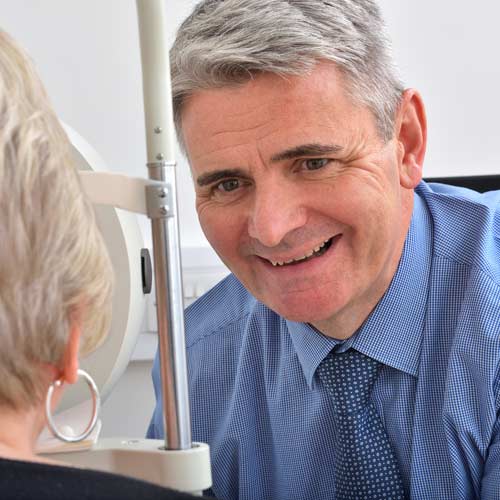
ICL surgery steps
Step 1
We will give you special drops to dilate the pupil of your eye.
Step 2
Further anaesthetic drops will totally numb your eye so you will not feel a thing.
Step 3
After a short time, once we are sure your eye is completely numb, your experienced surgeon will
make a tiny incision on your eye.
Step 5
Your experienced surgeon will then carefully put your new synthetic lens into
position.
Step 6
Now that the surgery is over, we will give you an antibiotic solution to reduce any risk of infection and you will be taken to the recovery suite to relax with refreshments.

Lens type
The most common lens used in this procedure is the Visian ICL, and is implanted behind the pupil. But you may be advised to choose a lens that is implanted in front of the pupil, this is called an Artisan or Verysise lens.
This is a highly effective procedure with a 95% patients satisfaction rate, but can be reversed in the future if needed.
Toric lens implants
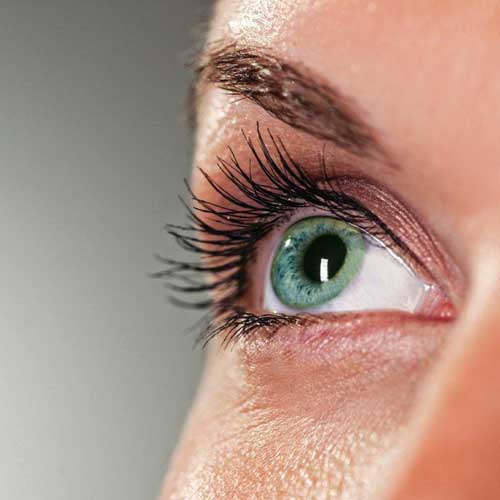

After the surgery
You should be able to see again straightaway but your vision may be blurry for a day or two – so please don’t drive until you’re confident enough to do so. You definitely shouldn’t drive yourself immediately afterwards, so please ensure you have a lift home.
You’ll leave us with a clear plastic shield over your treated eye, which you can remove the following day, and start using the eye drops provided. Please ensure you use them as directed by your surgeon.